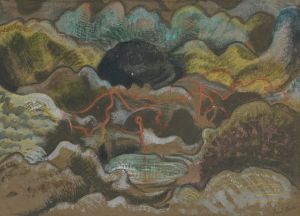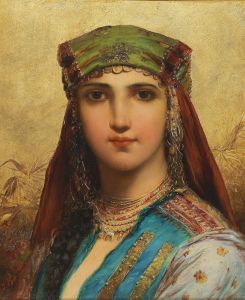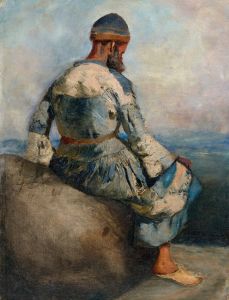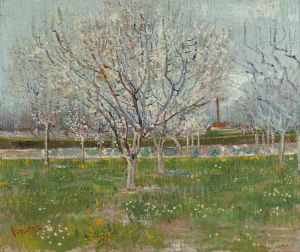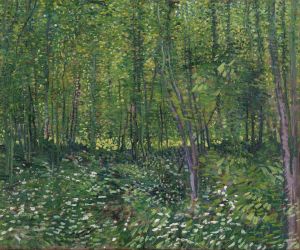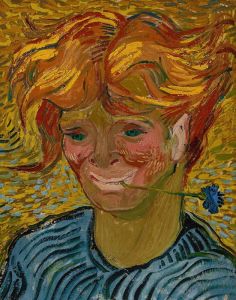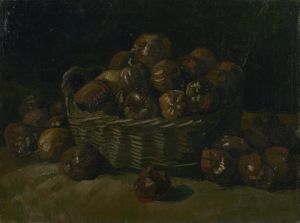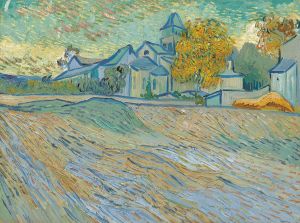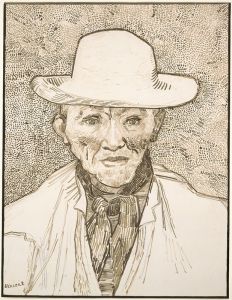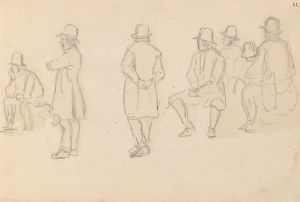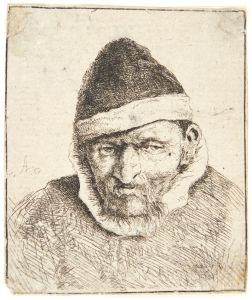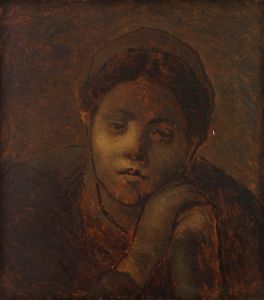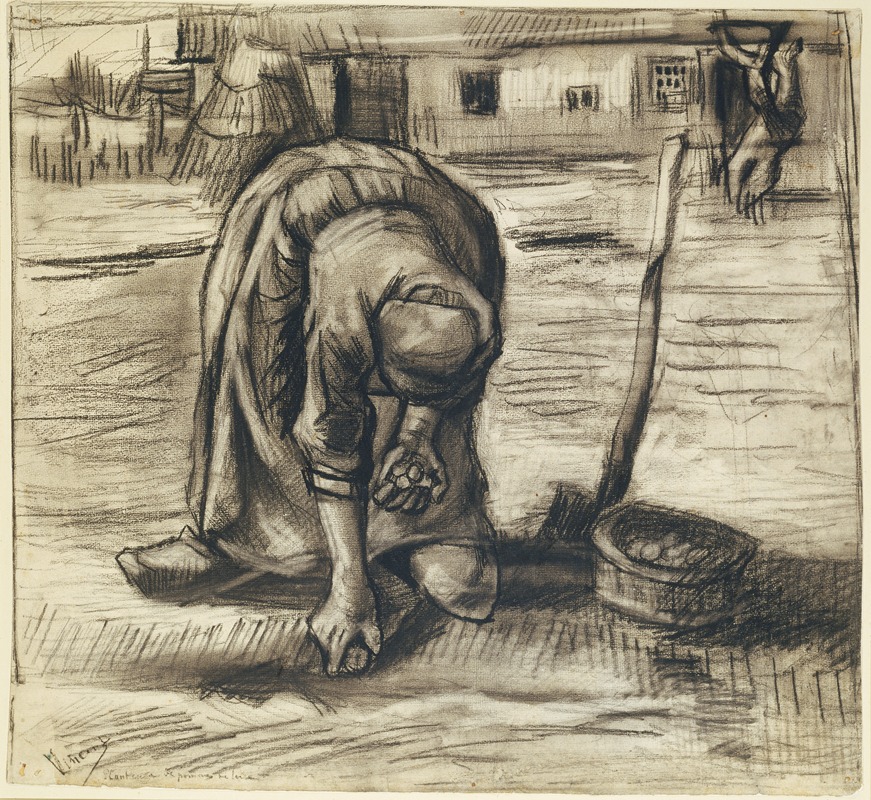
Planteuse de pommes de terre
A hand-painted replica of Vincent van Gogh’s masterpiece Planteuse de pommes de terre, meticulously crafted by professional artists to capture the true essence of the original. Each piece is created with museum-quality canvas and rare mineral pigments, carefully painted by experienced artists with delicate brushstrokes and rich, layered colors to perfectly recreate the texture of the original artwork. Unlike machine-printed reproductions, this hand-painted version brings the painting to life, infused with the artist’s emotions and skill in every stroke. Whether for personal collection or home decoration, it instantly elevates the artistic atmosphere of any space.
Vincent van Gogh, a Dutch post-impressionist painter, is renowned for his vivid use of color and emotive brushwork. Among his extensive oeuvre, "Planteuse de pommes de terre" (Potato Planter) is one of the works that reflect his deep interest in rural life and the struggles of the working class. Painted in 1884, this piece is part of a series of works that van Gogh created during his time in Nuenen, a village in the Netherlands where he lived from December 1883 to November 1885.
During his stay in Nuenen, van Gogh was deeply influenced by the rural environment and the lives of the peasants. He was inspired by the natural surroundings and the hard-working people he observed daily. This period was crucial in shaping his artistic direction, as he focused on themes of agrarian life and the dignity of labor. Van Gogh's interest in such themes was partly inspired by the works of Jean-François Millet, a French painter known for his depictions of peasant life.
"Planteuse de pommes de terre" is a testament to van Gogh's commitment to portraying the harsh realities of rural existence. The painting depicts a solitary figure engaged in the labor-intensive task of planting potatoes. The figure is bent over, absorbed in her work, which emphasizes the physical demands of agricultural labor. Van Gogh's use of earthy tones and somber colors reflects the simplicity and austerity of peasant life. The muted palette and the focus on the figure's toil convey a sense of empathy and respect for the subject.
This painting is part of a broader body of work from van Gogh's Nuenen period, which includes other notable pieces such as "The Potato Eaters." These works collectively highlight van Gogh's dedication to capturing the essence of rural life and his desire to express the emotional and spiritual dimensions of his subjects. His approach during this time was characterized by a realistic style, which later evolved into the more vibrant and expressive techniques for which he is best known.
Van Gogh's time in Nuenen was also marked by personal challenges, including strained family relationships and financial difficulties. Despite these hardships, he remained prolific, producing numerous drawings and paintings that explored the themes of labor and the human condition. "Planteuse de pommes de terre" is a reflection of van Gogh's enduring fascination with the lives of ordinary people and his ability to find beauty and significance in their everyday activities.
Today, van Gogh's works from this period are appreciated for their raw honesty and emotional depth. "Planteuse de pommes de terre" stands as an example of his early commitment to social realism and his evolving artistic vision. While not as widely known as some of his later masterpieces, this painting is an important part of van Gogh's artistic journey and offers insight into his development as an artist who sought to capture the essence of human experience through his art.





